Introduction
The sites of land reclamation are symbolic of Singapore’s appetite for growth over the past 200 years. Coastlines and marine ecosystems are traded and marginalised for the pursuit of land expansion. As a sea state, Singapore is trapped in the dilemma of development and ecological destruction. While the conservation of the original marine habitats is expedient, it is not always viable because land reclamation is never finished. Hence, we ask the following question. Must urbanism be always at odds with natural ecosystems?
Ecotone Between Man and Nature
This thesis is a critique of the island’s reclamation regimes and years of static delineated masterplan planning that have led to an increasing artificiality and alienation of our cities from the natural environment. It seeks to reverse the trajectory of water edge hardening and posits a blurred frontier between land and sea that allows natural submersion processes to act on it. This thesis recalls the role of the architecture as an ecological facilitator and mediator and looks to land as a partner in the remediation and restoration of lost marine ecosystems.
By redistributing the armoured edge, the thesis proposes a new way of engaging the edge by creating a landscape activated by the dynamics of water. This new edge boundary will serve as the shared territory between two opposite presences – man and nature. A new framework will be developed to create edge conditions adept at accommodating and benefiting adjacent marine ecosystems while incubating new hybrid programs that are recreational and ecological.
“The conduct of life today is completely and utterly dependent on the sea and the ships it bears, yet nothing is more invisible.” (Taussig, 2000)
The expansion towards the sea calls for a more careful study of its social, cultural, and historical dimensions beyond the technical and logistical domains it serves today.
Conclusion
Being a compact city, the contradictions between urban development and the conservation of natural wildlife are inevitable. There are many ways for cities to reinvent their waterfronts, but this thesis adopts a narrower vision of designing around marine ecosystems, bearing the testament that urban landscapes can indeed coexist with living ecosystems. The pressures of urban growth and climate change have further urged many to think differently and explore new ways to restore ecological equilibrium. The key to this extends beyond designing spaces for nature to thrive but it also depends on public acceptance and awareness. As the adage goes, “if you build it, they will come”. Tanjong Pagar Terminal will be a case for turning the tragedy of the marine commons into the success of the community.
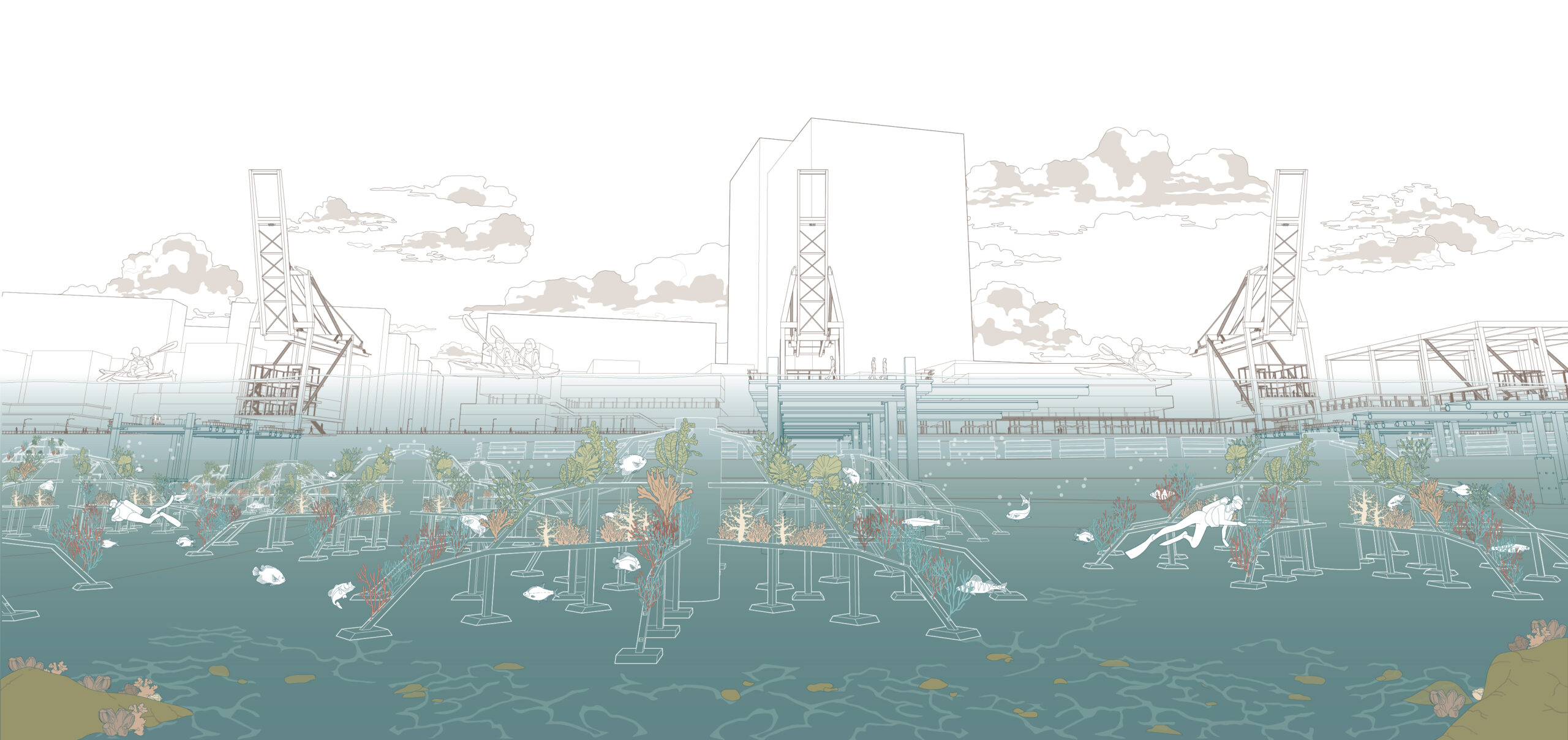
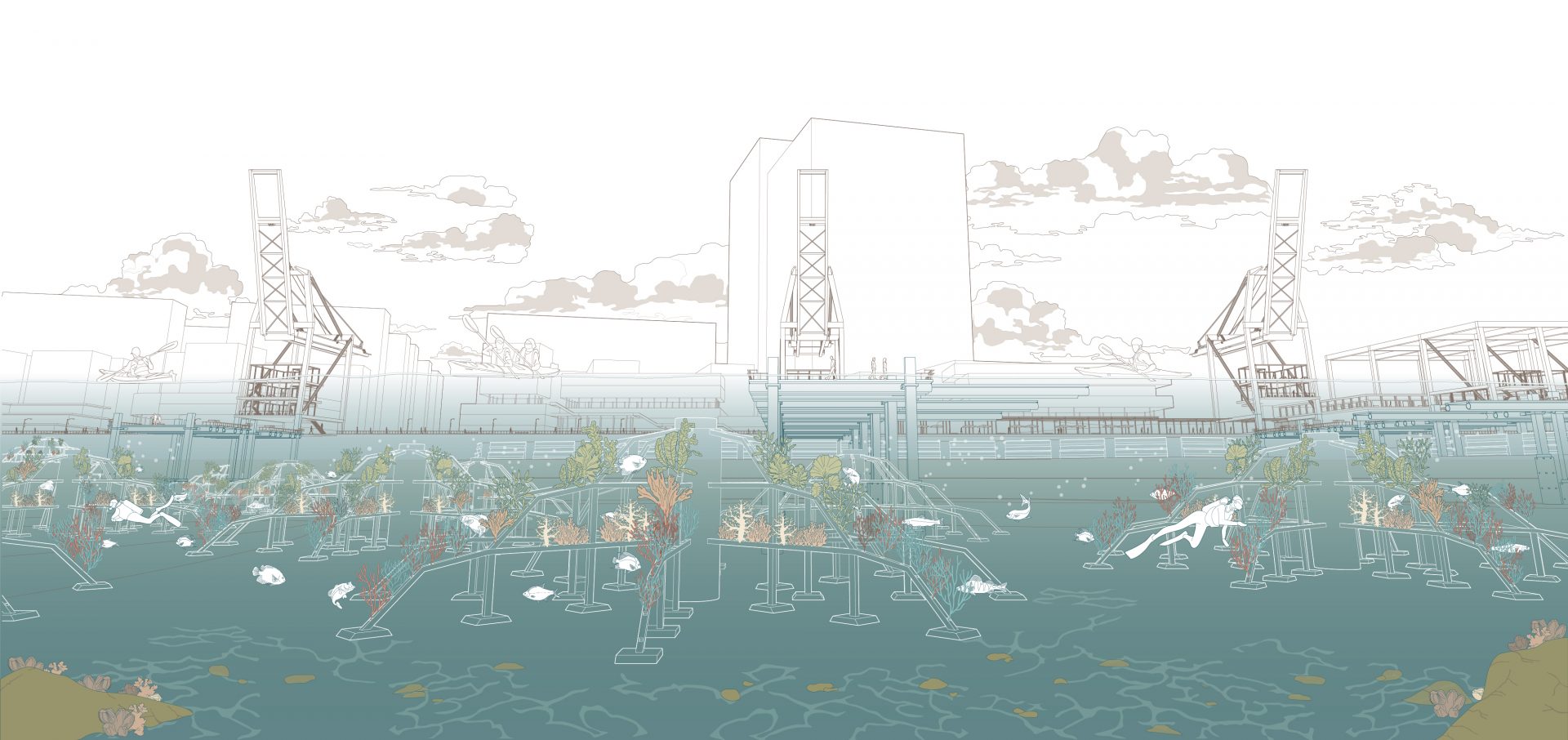
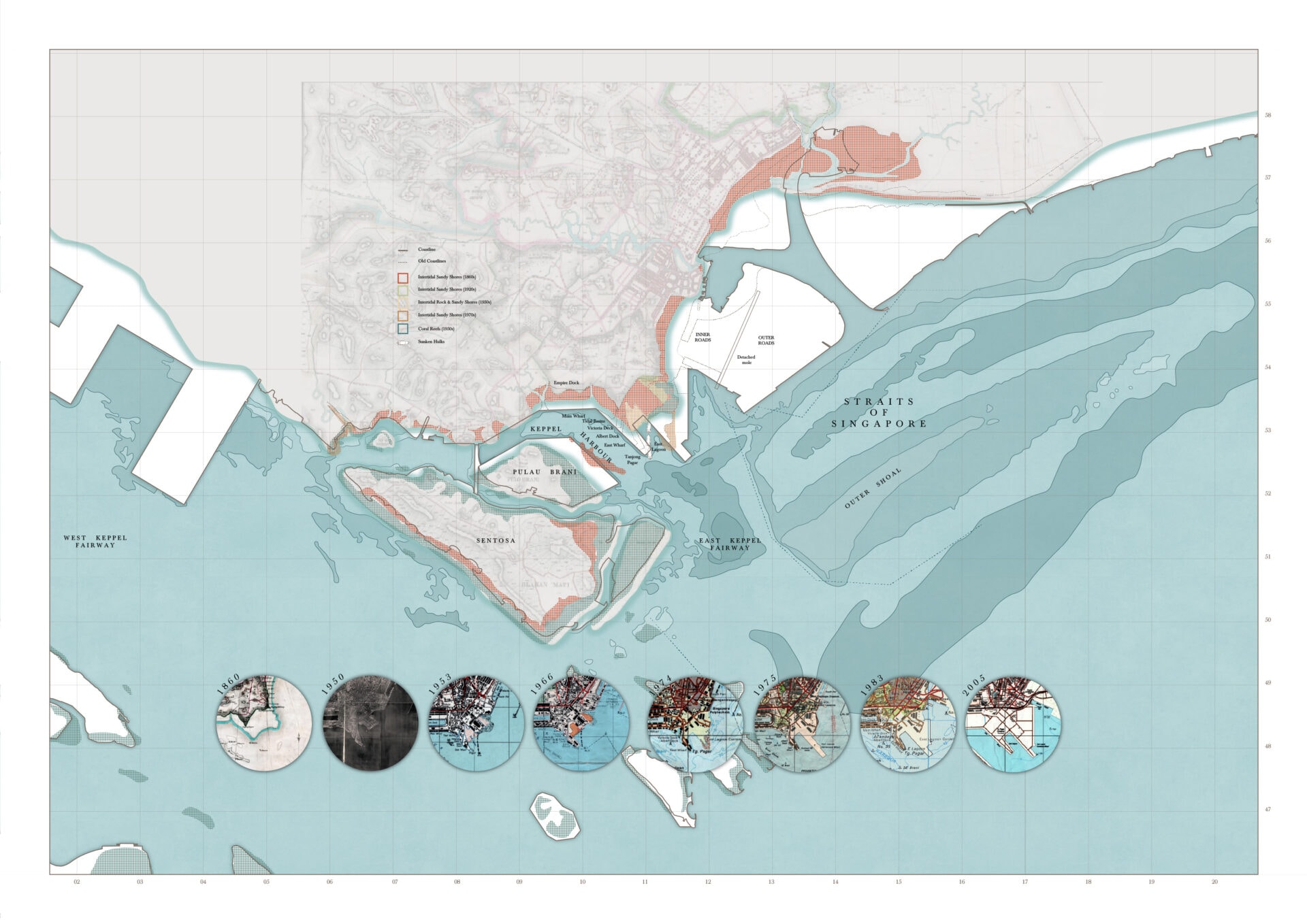
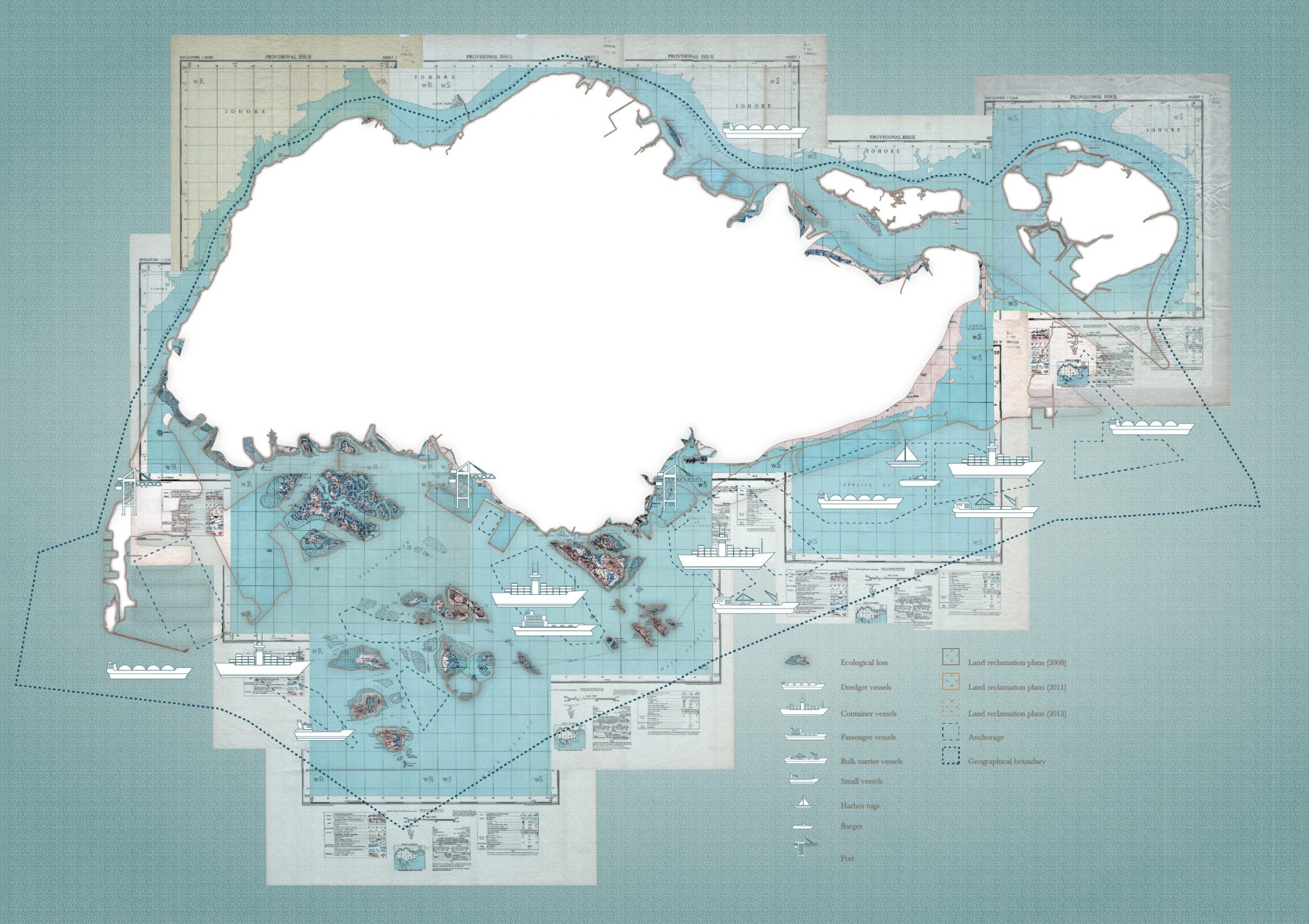
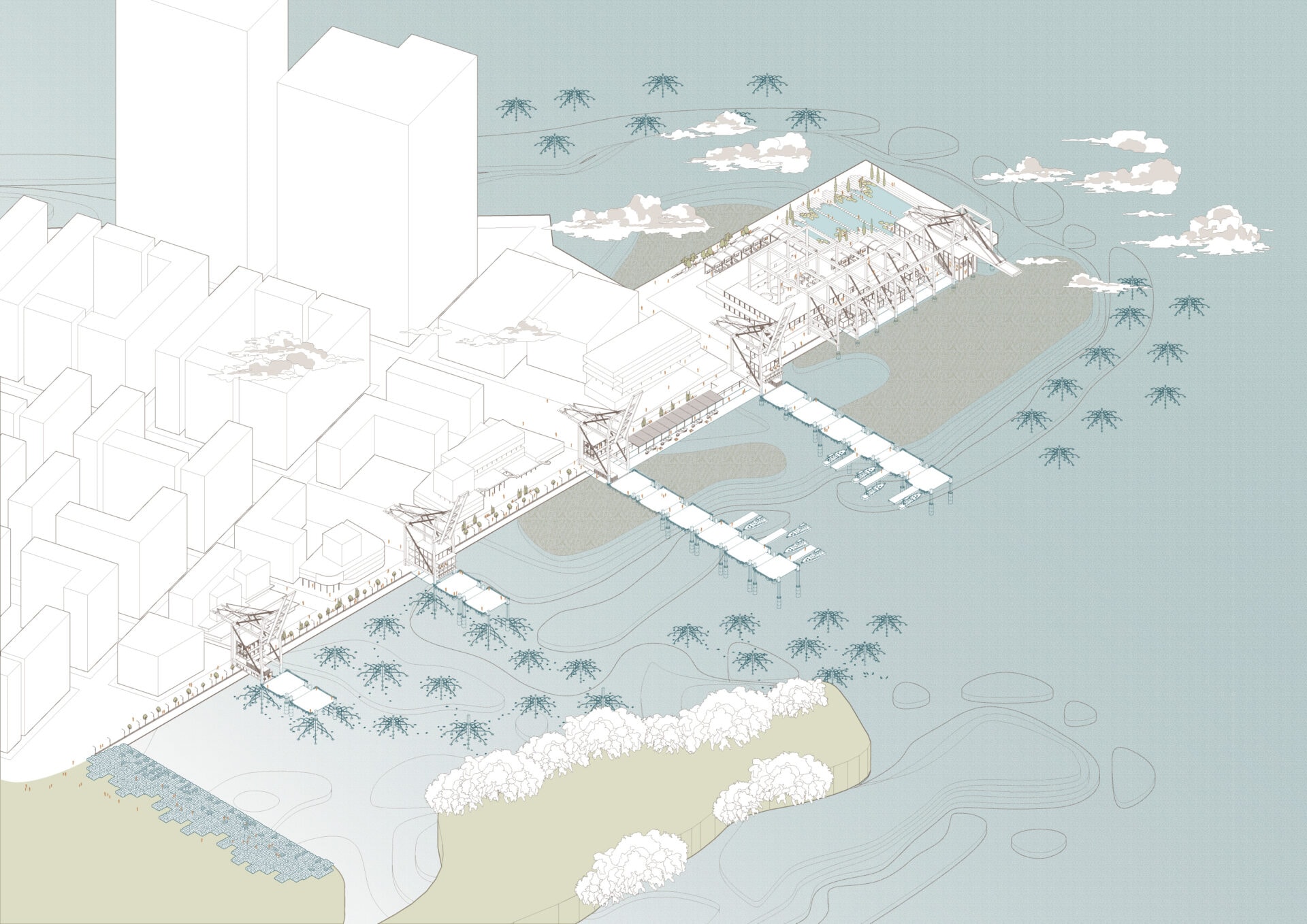
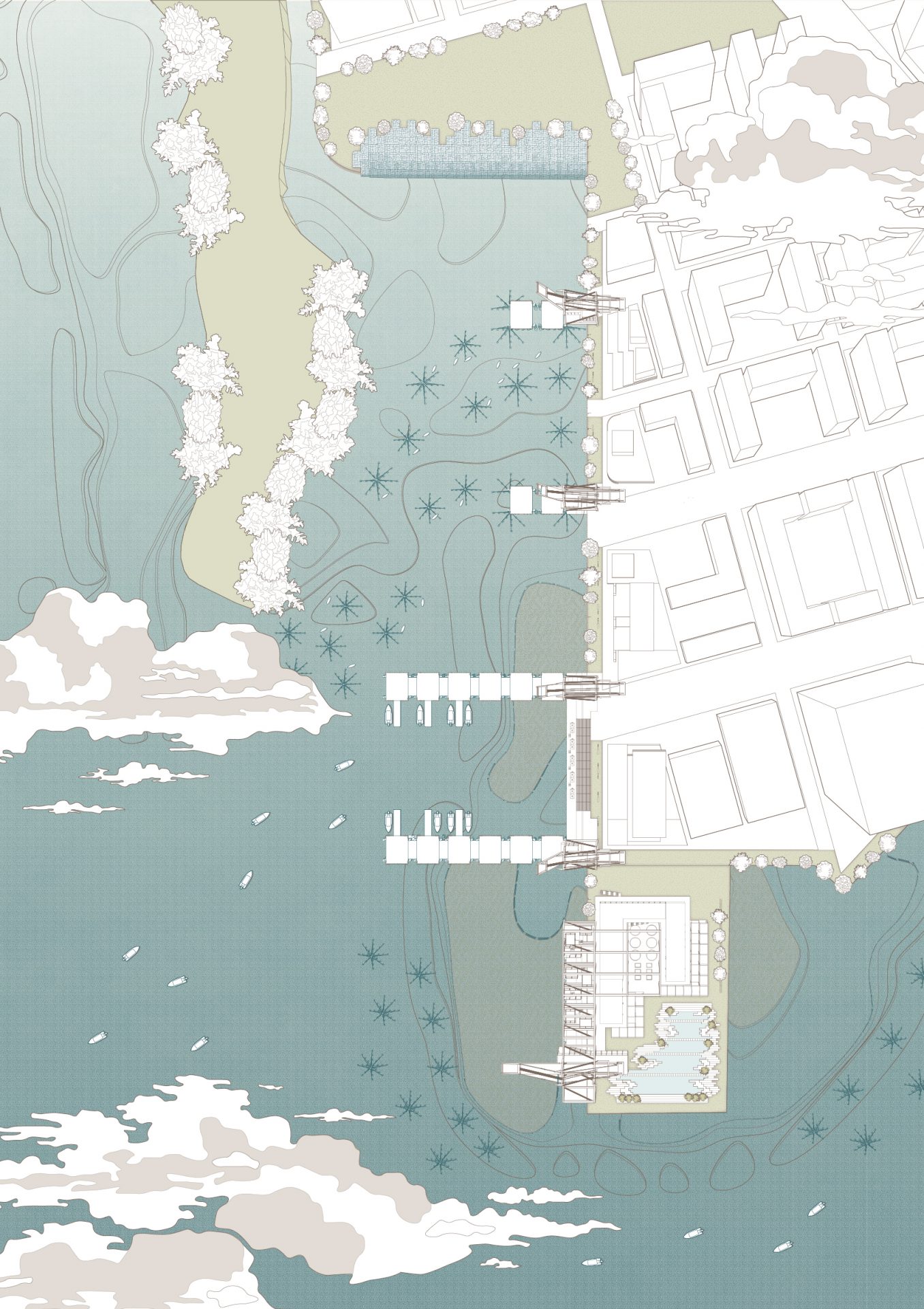
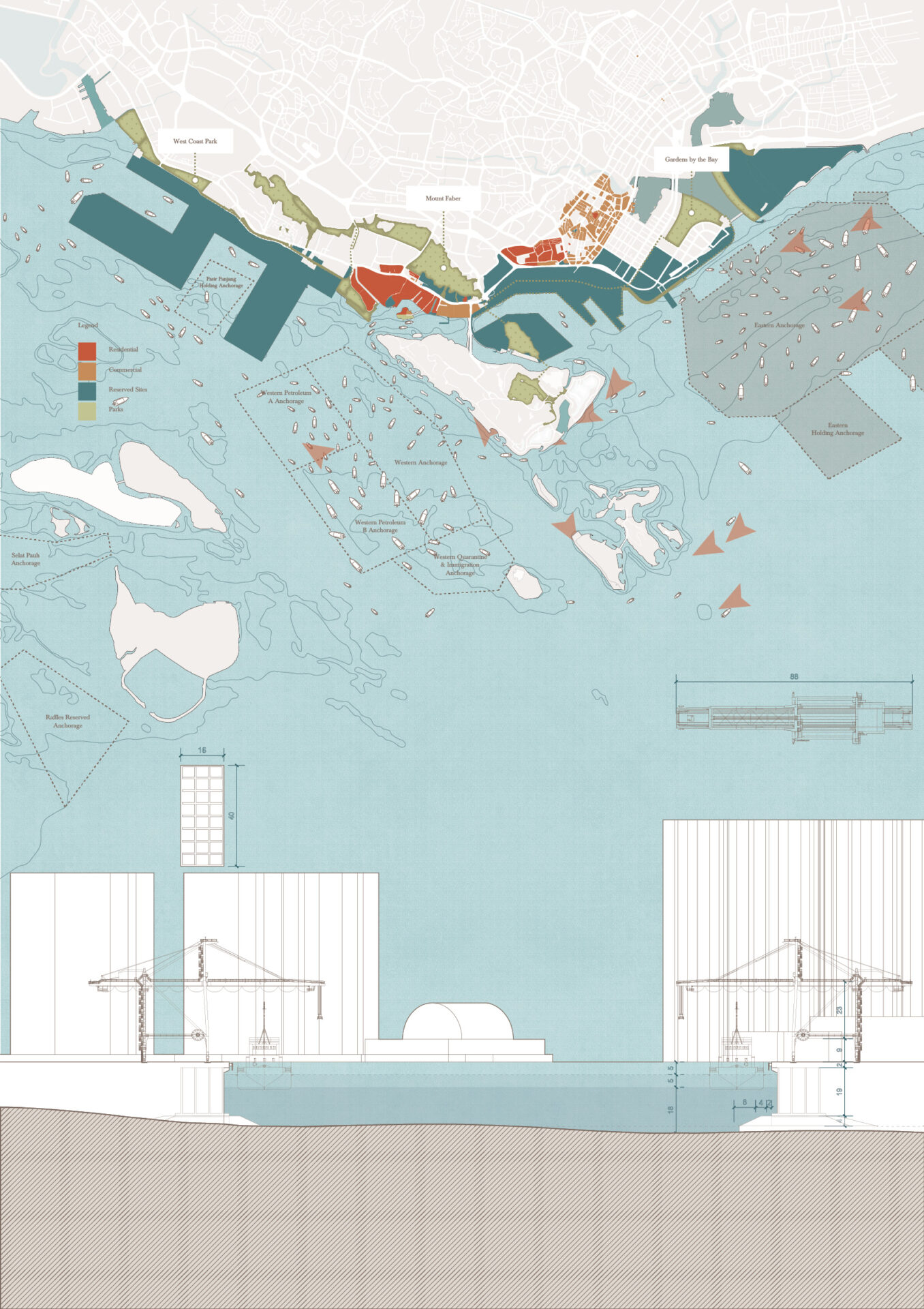
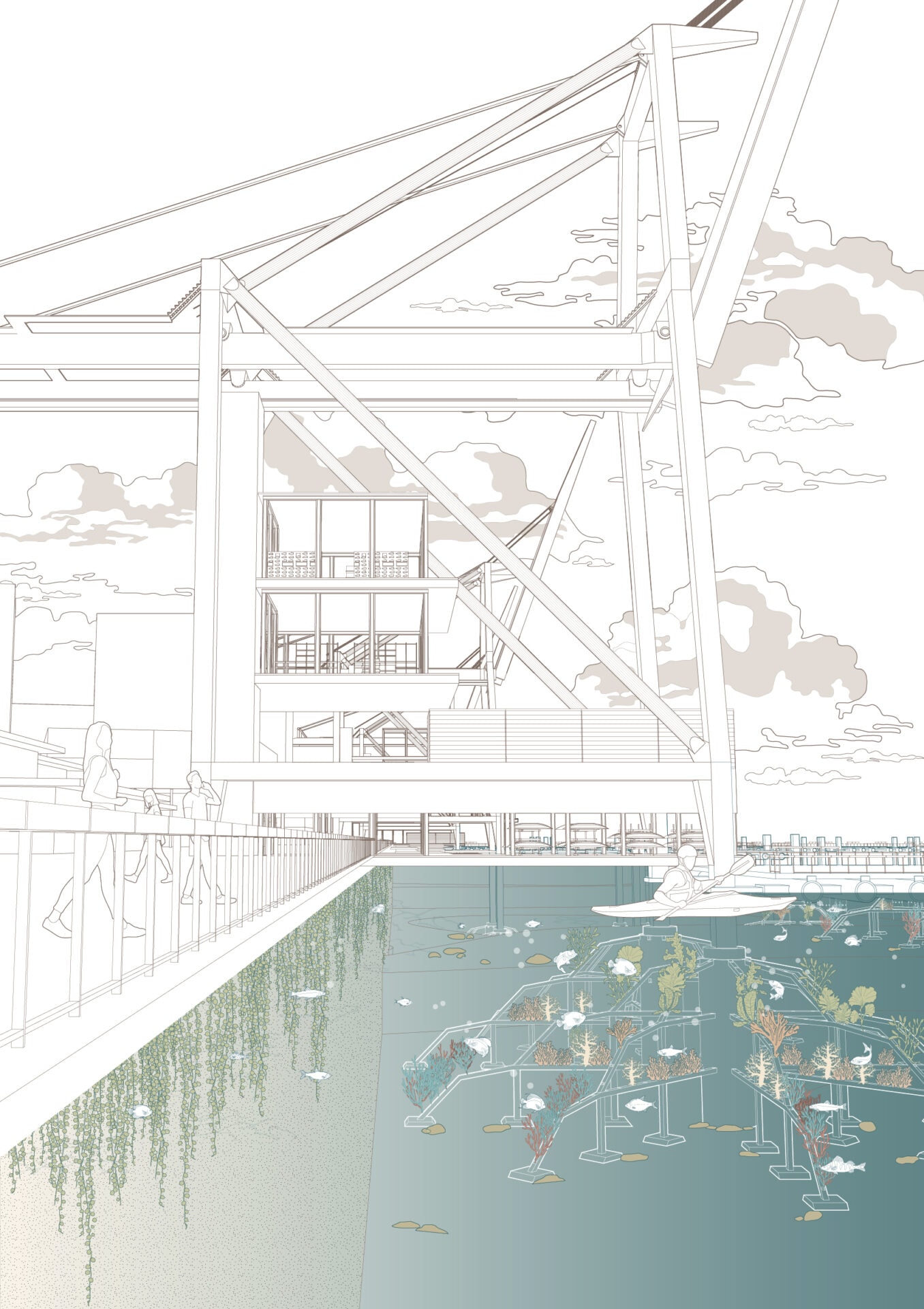
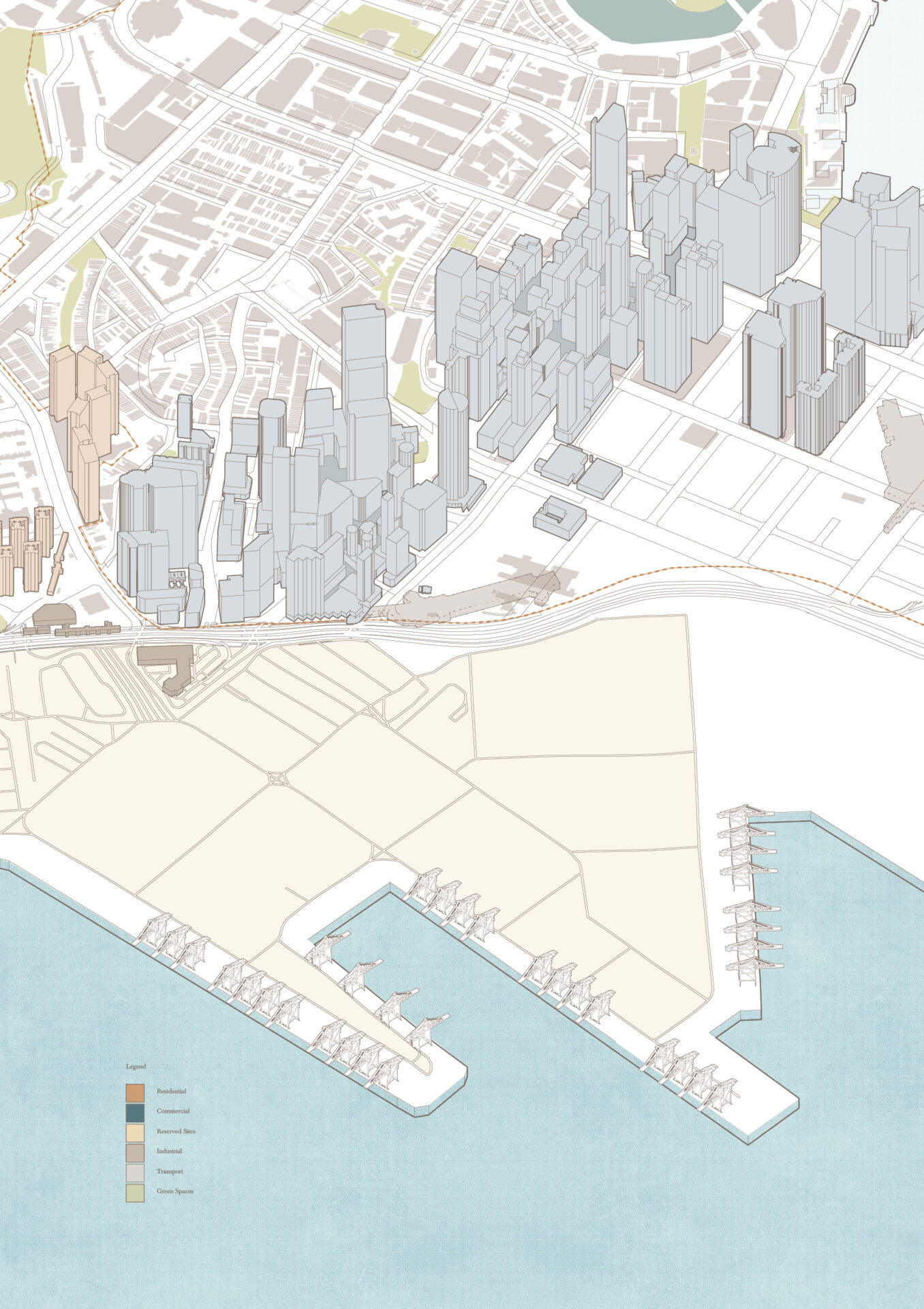
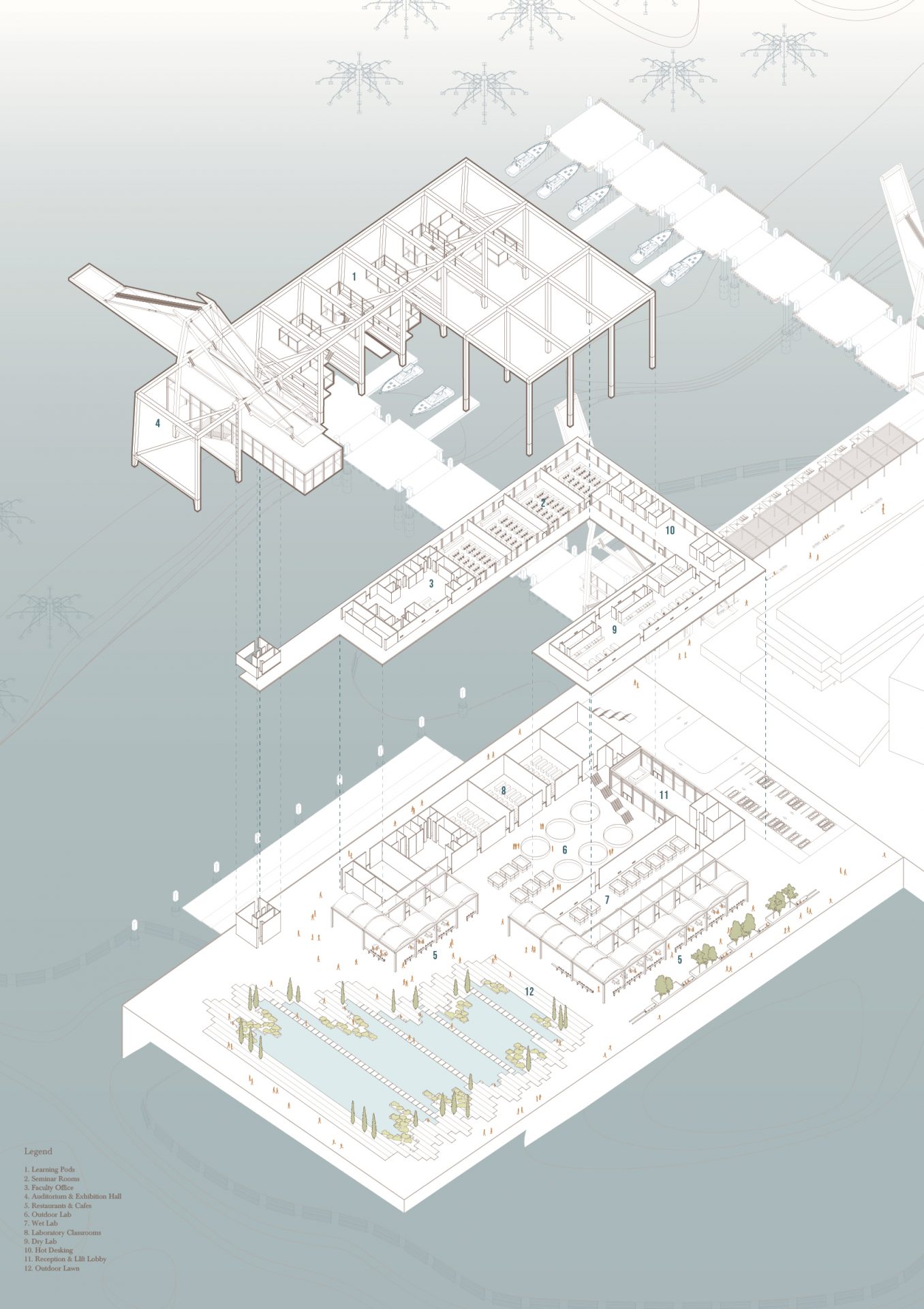
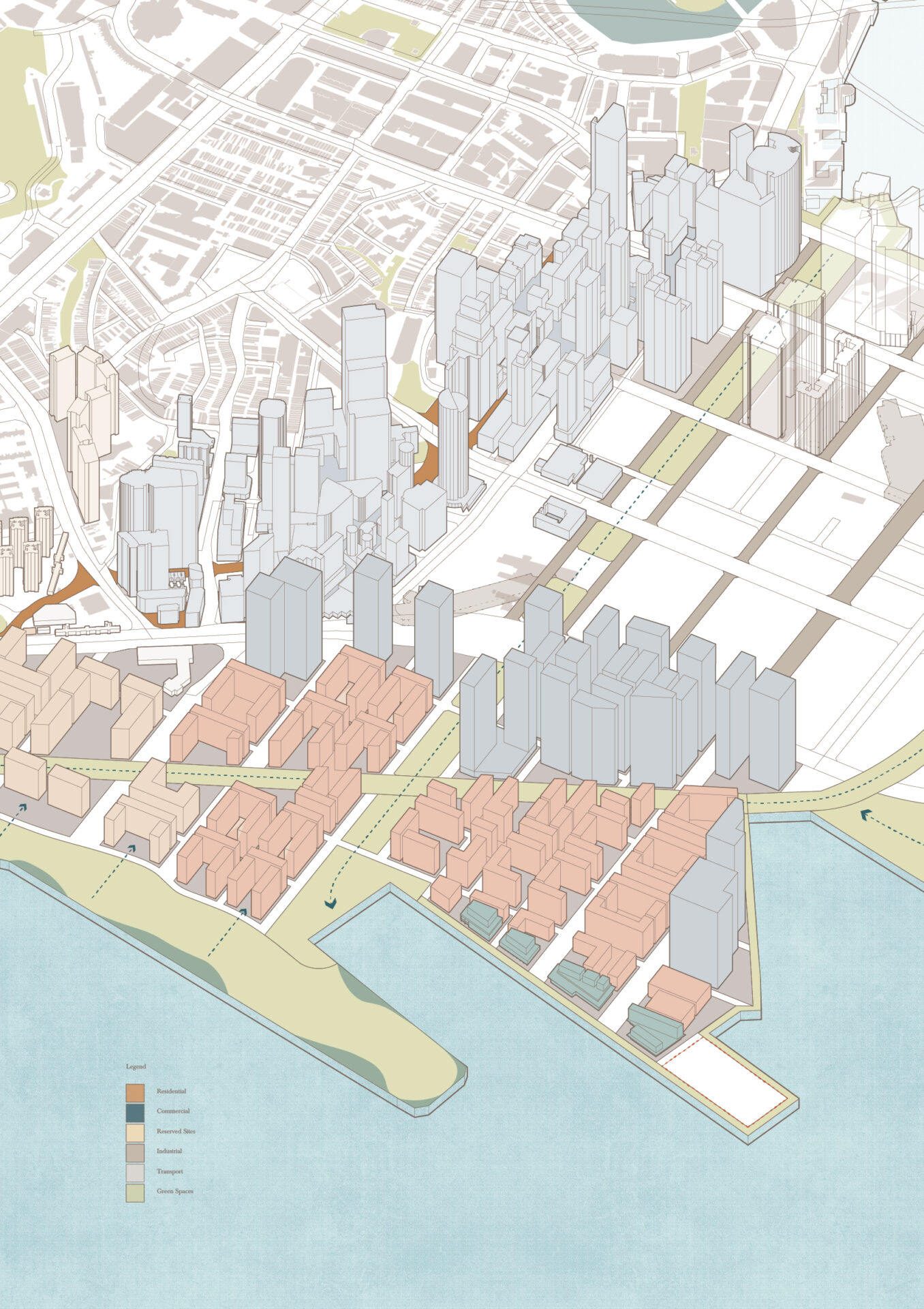
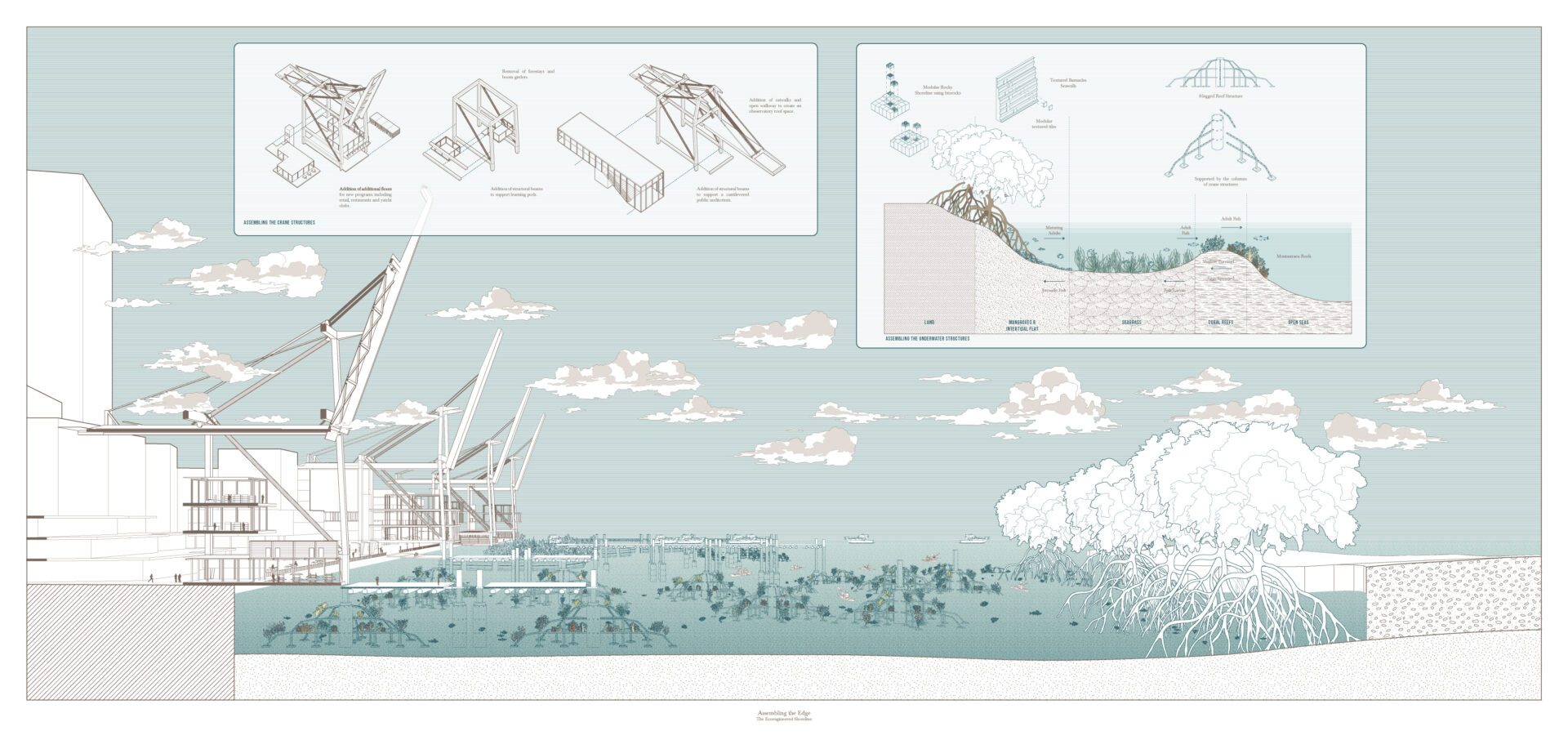
Supervisor's comments:
The triumph of land reclamation is often a defeat for marine ecosystems. Yoeng Shu Hwee looks at Singapore’s southern waterfront, once reclaimed from the sea, as space for regeneration. A parcel along the Tanjong Pagar wharves, currently a container terminal, is carved out of a future URA masterplan. From a shoreline of gantries and cranes, she creates new edges; sometimes soft, with mangroves and seagrass, sometimes hard, as promenades and marinas. She balances the commercial potential of the waterfront with a new mindset on ecology, one suited to an aspiring City in Nature. She Hwee views the underlying dichotomy, with its many contradictions, as fodder for design speculation.
- Assoc. Prof. Nirmal Tulsidas Kishnani (Dr.)